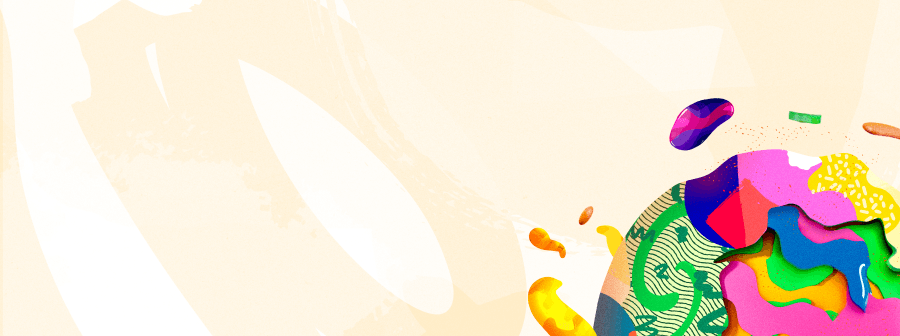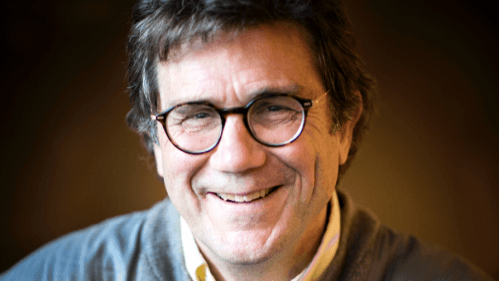
Charley Lineweaver

Charley Lineweaver
ANU Associate Professor
An astrophysicist, Charles Lineweaver is an associate professor at the Australian National University's Planetary Science Institute (PSI), a joint venture of the ANU Research School of Astronomy and Astrophysics and Research School of Earth Science. His research areas include cosmology (determination of the age and composition of the universe), exoplanetology (the statistical analysis of exoplanets), astrobiology (using our new knowledge of cosmology to constrain life in the Universe) and cancer (origin of multicellularity and the atavistic model). His research has been published in Science, Nature, the Astrophysical Journal, Astrobiology, BioEssays, Physical Biology, Physics of Life Reviews, Scientific American, American Journal of Physics, and Microbiology Australia.
Dr. Lineweaver earned a BA in history from the State University of New York at Binghamton, an MA in English from Brown University, a BS is physics from Ludwig Maximillian’s University in Munich, and a Ph.D. in physics at the University of California, Berkeley in 1994. He was a member of the COBE satellite team, led by George Smoot (2006 Physics Nobel Prize), that discovered the temperature fluctuations in the cosmic microwave background.
Dr. Lineweaver earned a BA in history from the State University of New York at Binghamton, an MA in English from Brown University, a BS is physics from Ludwig Maximillian’s University in Munich, and a Ph.D. in physics at the University of California, Berkeley in 1994. He was a member of the COBE satellite team, led by George Smoot (2006 Physics Nobel Prize), that discovered the temperature fluctuations in the cosmic microwave background.
Connect
Related Sessions
A Second Earth
MON, OCT 16, 12:30 PM
Conference
For centuries, the dream of human travel into the cosmos has fired imaginations. And with the advent of space tourism and NASA’s plan to build a permanent Moon base by 2030 – as well as Space X efforts to get humans to Mars – human space travel through our solar system no longer seems in the realms of science fiction.
But while the exploration of our local planets and moons may yield useful resources, and even possibly traces of life, humans are already looking beyond – to exoplanets - hunting for those with conditions like our own. But the vast distances of the universe mean we’re unlikely to visit.
If we are to ever step foot on a Second Earth, it may be because one of the great unsolved mysteries of the cosmos has been solved: what is dark energy? It’s thought to make up around 68% of the known universe and is a hypothetical form of energy that exerts a negative, repulsive pressure, behaving like the opposite of gravity. Researchers like Prof Tamara Davis are busy trying to decode its secrets. If we can harness it, intergalactic travel may become a reality.
